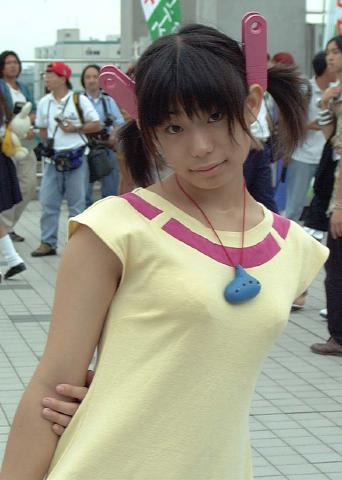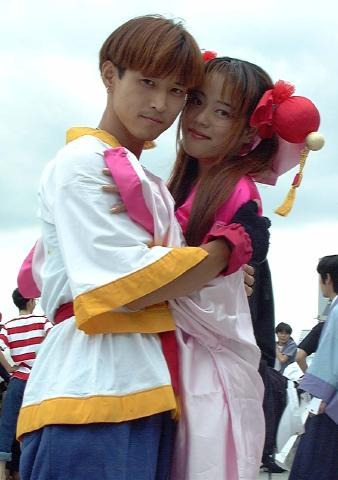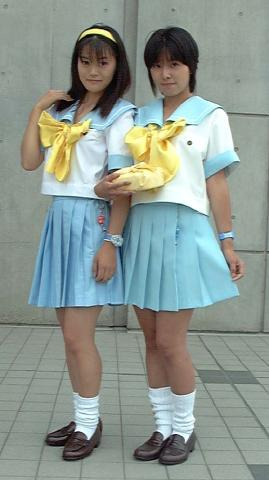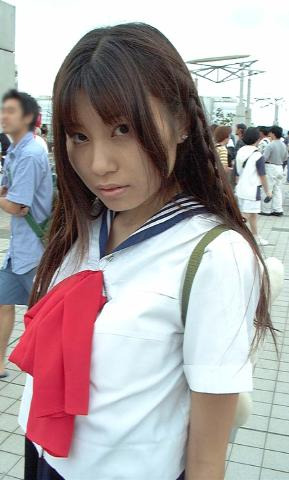Text
youtube
My second Cosplay Tutorial for Bellerophon is finally done and uploaded! Give it a watch and let me know what you think!
6 notes
·
View notes
Text
One should always have at least 2 craft projects going. That way, when one of them is messed up and misbehaving, you can switch to another, and let the first one sit there and think about what it's done.
21K notes
·
View notes
Text
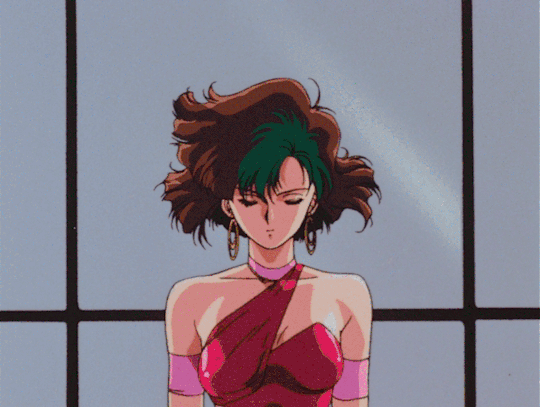
2K notes
·
View notes
Photo
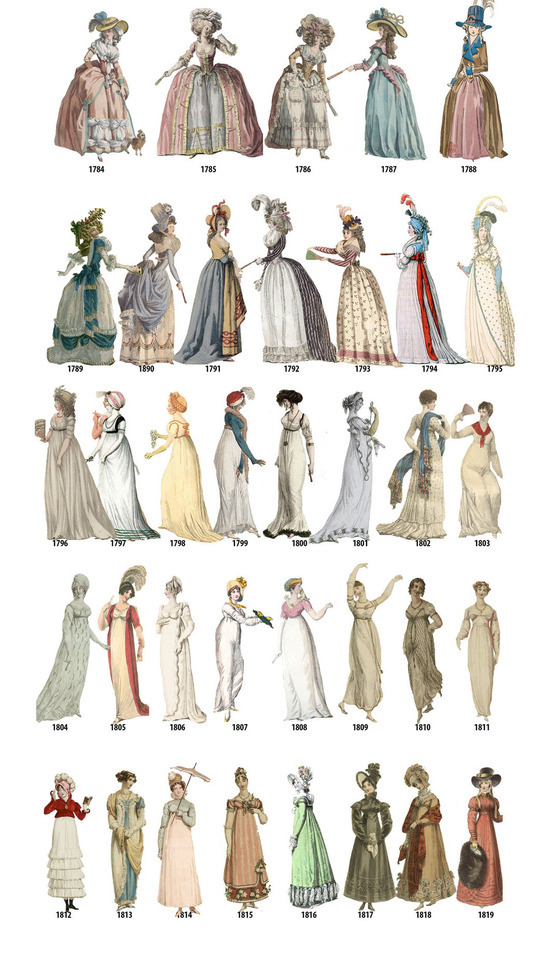
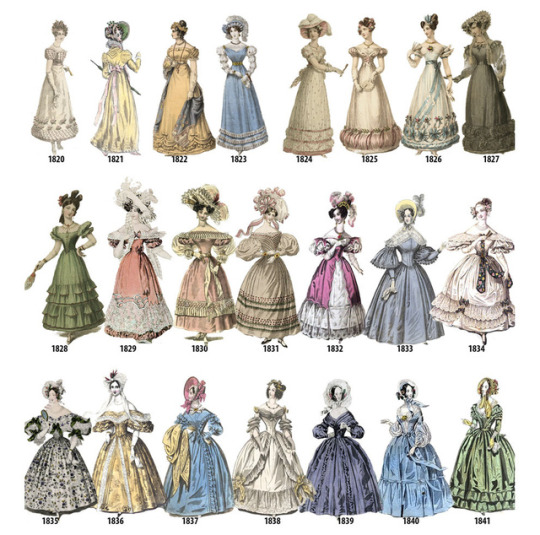
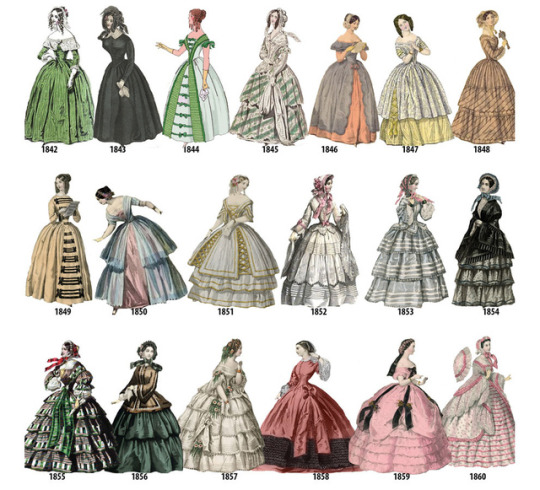


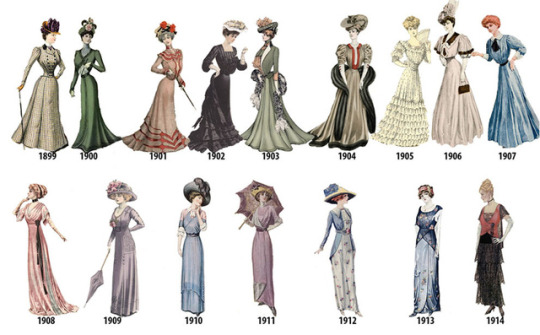


A Timeline of Women’s Fashion from 1784-1970 (source: http://kottke.org/17/07/a-timeline-of-womens-fashion-from-1784-1970)
138K notes
·
View notes
Text
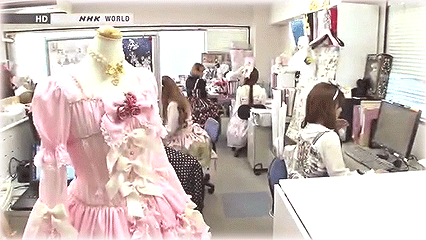
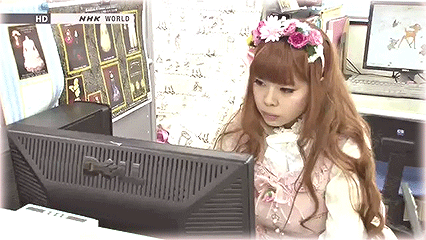


The production studio at "Baby, the Stars Shine Bright" featured in an episode of Tokyo Fashion Express. Their designs typically require up to 50 sewing patterns, which is about 5 times as many as the average dress. Detailed notes on measurements and specifications are written for the sewing factory.

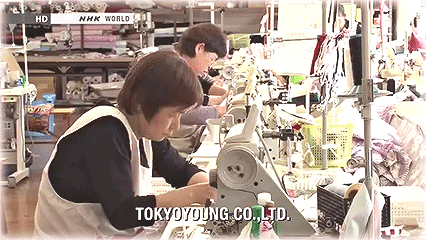
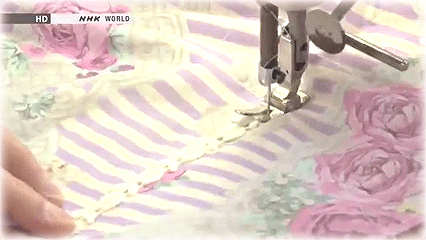
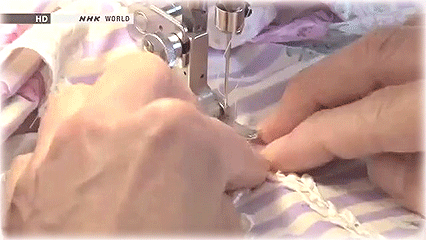
The sewing factory is in Ibaraki prefecture. For more than 20 years they've been sewing clothes exclusively for BTSSB. 17 people work there, most of them being veterans age 60 or over. Due to the complexity they work in teams for ironing, sewing lace and ribbons, as well as completing gathers and frills.
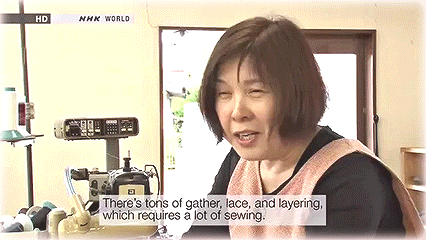
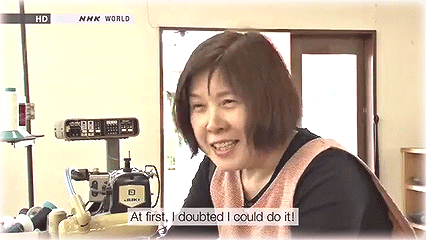
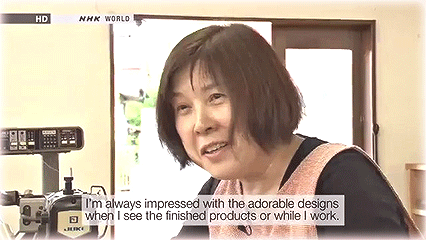
The manager of the factory, Sumiko Watahiki, says in an interview:
"There's tons of gather, lace, and layering, which requires a lot of sewing. At first, I doubted I could do it! It was that hard. (But) I'm always impressed with the adorable designs when I see the finished products or while I work."
2K notes
·
View notes
Text

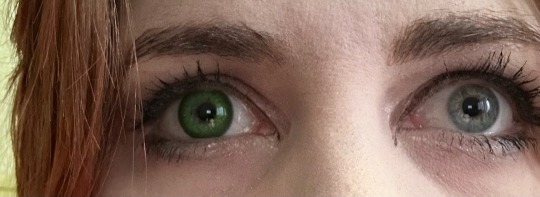
I got some new cosplay lenses and since I can’t find anyone with light eyes using these online anywhere, I thought I’d share! These are Etia Reorv lenses, in Nephrite.
Green does admittedly blend really well with blue eyes, but the pupil hole is pretty small and they blend to being so light near the center that I’d feel confident ordering these in significantly more different colors! They’re also one day disposables and super comfortable. My partner says you can’t even tell they’re color contacts from about five feet away, and even as close as a foot away they just look more saturated than real eyes can. These pictures are 100% unretouched!!
you have to use a shopping service to order Etia lenses since they don’t ship outside Japan, but since I’m pretty regularly proxy ordering from Classe, I don’t have a problem with that. Here’s the link with the full color range if anyone else is interested!
Personally I think I have a new go to cosplay lens for when I want minimal enlargement but gorgeous and bright color!
19 notes
·
View notes
Text
Oh hey, do you know what time it is? It is highly specific resource time!
Today we have the Royal School of Needlework Stitch Bank! There are HUNDREDS of stitch types in the RSN Stitch Bank.
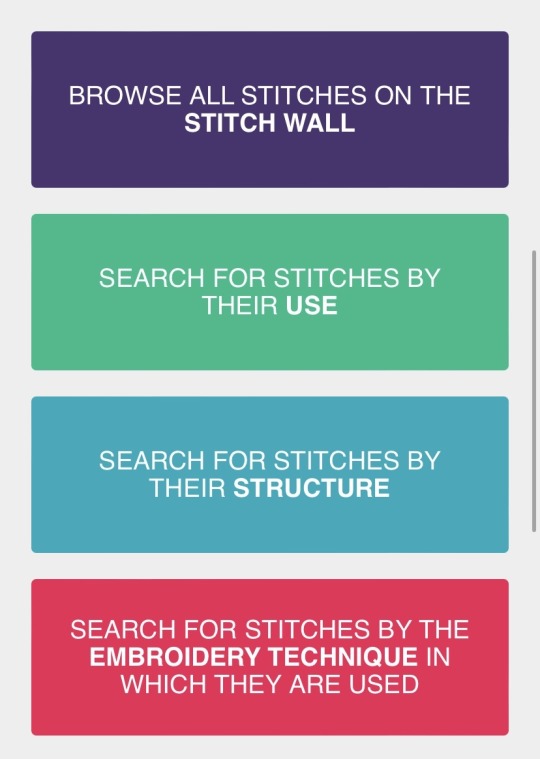
And more added regularly, let’s look at a recent addition
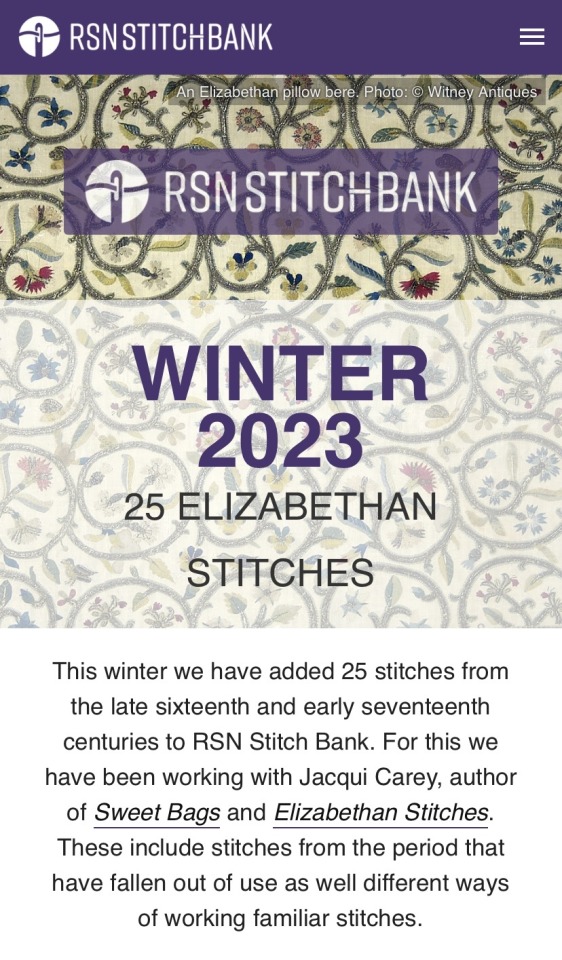
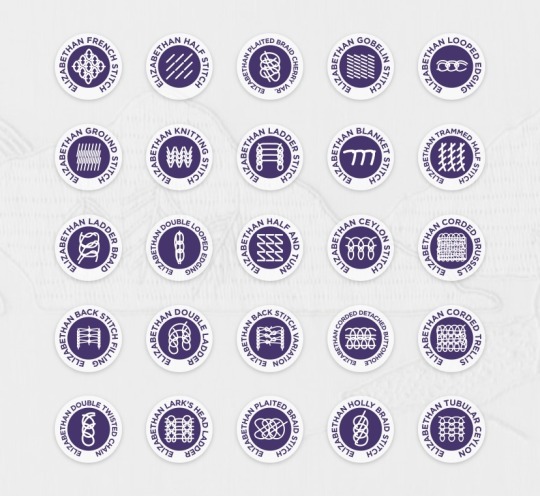
I picked the first one in the 25 recently added Elizabethan stitches, the Elizabethan French Stitch

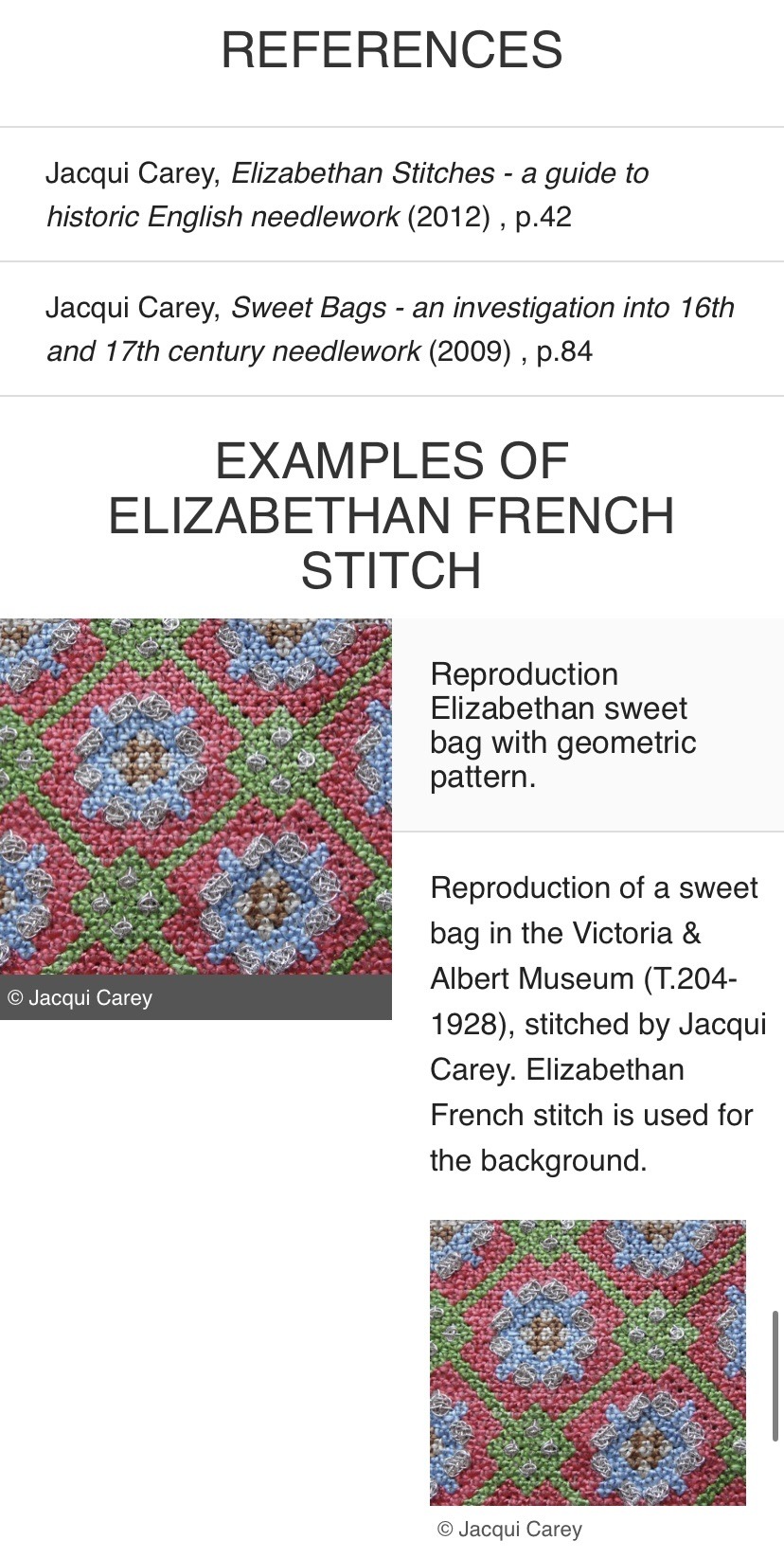
The stitch bank provides written and photo tutorials as well as a video option to learn to do it yourself. There are examples of the stitch in use, resources, references, everything but a needle and thread!
rsnstitchbank.org
13K notes
·
View notes
Text
Oh hey, do you know what time it is? It is highly specific resource time!
Today we have the Royal School of Needlework Stitch Bank! There are HUNDREDS of stitch types in the RSN Stitch Bank.

And more added regularly, let’s look at a recent addition


I picked the first one in the 25 recently added Elizabethan stitches, the Elizabethan French Stitch


The stitch bank provides written and photo tutorials as well as a video option to learn to do it yourself. There are examples of the stitch in use, resources, references, everything but a needle and thread!
rsnstitchbank.org
13K notes
·
View notes
Text
Finding Cosplay Photoshoot Locations Part 5: Logistics and Behavior


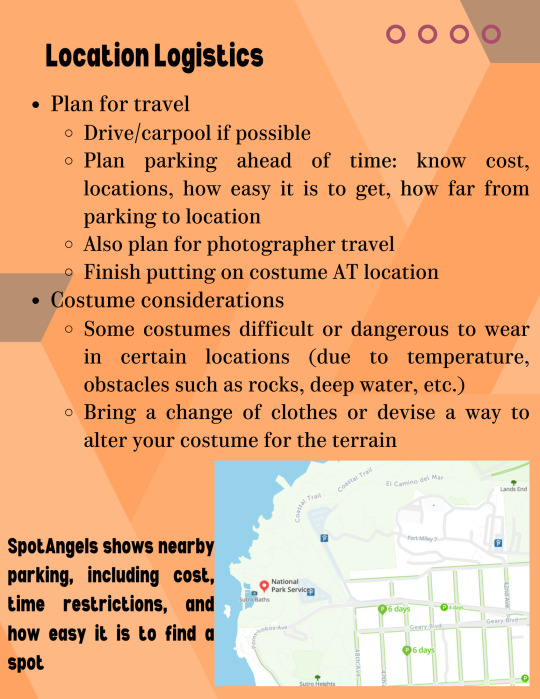

📸Discovering Cosplay Photoshoot Locations Part 5: Logistics and Behavior 📸
Final part of my tutorial on finding cosplay photoshoot locations! This portion covers how to plan for your shoot, what to bring, and how to treat the location and anyone at it with respect.
I hope you enjoyed the tutorial! I have a few more in the works, but let me know in the comments what other tutorials you'd like to see.
Cosplay is often uncomfortable and cumbersome, and needs extra care when going to a location. You also want to make sure you look the best in your photos. This means that you need to take some extra planning into consideration when planning a photoshoot.
What to Bring
I always bring a small kit with me with necessary or potentially necessary items so I can keep myself and my costume in proper shape. This kit always includes a small makeup touchup kit, which usually has the items most likely to need touching up at the location: eyelashes and lash glue (I put on the lashes once I'm at the shoot), lip products, face glue for my wig, and any cosplay-specific items like nail glue or face paint. This kit also includes wig touchup items such as a comb and bobby pins. I also recommend a small repair kit with items such as safety pins, tape, and a quick-setting glue so you can do any quick repairs on your costume.
Bring a cover-up item or change of clothes. If you are planning on anything that might be messy, especially dirty, or wet, you may need a full change of clothes (and a place to put these on), but even if not, bring a coverup item such as a skirt or robe in case your costume is on the skimpy side, or something to convert your costume into normal-ish clothes if you need to stop anywhere on the way there or back.
In addition to items for cosmetic repairs, you also will need a few safety items, especially when shooting outdoors and not in a studio space. If your costume has difficult shoes, bring a change of shoes if you need to cross difficult terrain or if the ground is especially dirty or dusty and would ruin the look of your cosplay shoes to walk through. Snacks and water are also always a good item to bring, as well as any medication or items you may need for medical conditions. If the costume is not suitable for your location's weather, you will need to bring items to mitigate the weather: a coat or jacket, handwarmers, hot or cold beverages, hand or battery operated fans, and stick-on cooling patches often sold for headaches, depending on the situation.
Planning Ahead
I always check the weather leading up to a shoot, and sometimes, you want very specific weather. In these cases, such as wanting a photoshoot in the snow or on a sunny beach when you live somewhere those conditions happen but aren't especially common, keeping a cosplay on hand to take advantage of the weather when it does happen can help you get that dream shoot.
When planning for travel to your shoot location, be sure to plan for all aspects of travel: what mode of transportation, how you will get from your main transportation to the shoot itself, and how the photographer will get there if they are not coming with you. I highly recommend driving or carpooling if at all possible, since you don't want the hassle of taking public transit in cosplay, and a car can hold more and larger items like props and wings. I also recommend putting the finishing touches on your cosplay at the location -- wigs, false eyelashes, accessories, etc. -- so you don't have to worry about these items getting damaged or being uncomfortable in transit. Also get to know the parking for your shoot ahead of time. I like SpotAngels.com for parking information, since it tells you where parking is, how long the time limits are, when no parking times such as street sweeping are, and how much the parking costs. Know the cost of parking and how far it is from the shoot location itself -- I'd personally rather pay a little more for closer parking while in cosplay, but that's up to your own comfort and ability.
Also get to know the location ahead of time. Look at user-submitted photos and street views on Google Maps and similar sites, and if possible, visit the location ahead of time. There may be hazards like uneven ground, rocks, stairs, or water that you would not otherwise be aware of. Since some costumes would be difficult at best and dangerous at worst to wear in some locations, such as very high heels when scrambling over rocks or a trailing gown with deep water or thorny underbrush, be sure to bring that change of clothes and shoes for such situations and only wear the final look at the actual place the photos are being taken.
Behavior Towards the Location
Finally, when shooting on location, treat the location itself and anyone at it with the utmost respect. With private locations, such as a rented studio, be sure to treat the property well, and with public locations, be sure to treat both the property and anyone at it well, as you won't have a private, cordoned-off area. Treat your location better than you would treat your own property. This is both for the sake of other people so you do not disturb them or force people to clean up after you, but also for your own sake so you don't get in trouble and also can continue shooting in that location. Studios and other rented locations will give you their rules on their website or when you book, and most public locations will have their rules and regulations on their website or alongside any permits you purchase. If you are in doubt about something, always email to get permission first. This will not only ensure that you actually have permission to do what it is you want, but will also put you in the good graces of whoever is in charge of the location and they will be more likely to welcome you and other cosplayers back.
Always follow the "carry in, carry out" principle. With very few exceptions for properly disposed of small trash items (think snack wrappers, not entire props), everything you bring with you into a location needs to come back out of the location with you. This is most important for outdoor locations, as anything left behind can become an ecological issue, but also in private indoor locations, especially if you are using messy substances like fake blood or confetti. Be sure to clean up any props you use and any trash you generate. If renting a location, be sure to leave extra time to strike the set at the end. This involves cleaning up and removing anything you brought in yourself as well as moving anything that belongs to the location back to its proper place. Many studios have lighting equipment, furniture, and other items you can use, but require you to leave the location how you found it and these items where they belong.
Don't make any permanent or potentially permanent changes to your location. This includes digging in outdoor locations, littering, staking items into the ground, or affixing items to walls or other environmental items such as rocks or furniture, even if you use temporary methods such as tape, as these can still damage the location. Also be careful of trespassing into areas that are closed to the public, especially in outdoor locations where these areas are typically closed due to either danger or ecological sensitivity, and stick to public pathways and roads as much as possible. Don't trample plants or pick flowers or otherwise damage the environment. Grassy fields and such are usually okay unless specifically blocked off or closed, but areas like flower fields or otherwise cultivated gardens are generally not. Also be sure to not use dangerous substances or props, especially in outdoor locations. You don't want to release dangerous chemicals in the environment or cause panic over a possible fire with smoke machines, or, worst case, actually start a fire.
Behavior Towards Others
Perhaps one of the most important things to keep in mind is to treat anyone you encounter with respect. Staying humble and being an unobtrusive as possible will go a long way. Don't take up a lot of space for a long time, especially in popular areas. This goes for blocking pathways, camping in popular features so others can't enjoy them, blocking doorways, and otherwise diminishing other people's enjoyment and also creating an accessibility hazard. Move aside if you see people coming or if you are shooting in a particular spot for an extended time, and then return to it.
Do your best to not get strangers in your photos. While most wouldn't want that anyway because it would ruin the shot, be sure you aren't shooting in a way that could accidentally get people in your photos more easily by angling yourself differently or using different lenses and depth of field, but also make sure it doesn't look like you are photographing strangers. Generally it's obvious what you are doing, especially with a photographer and not self shooting, but it's something to be aware of.
You might get questions when shooting in a public place, so do your best to answer them kindly. I often don't want to explain the whole ordeal to people, and people generally understand when you say phrases like "art project" and "fashion shoot," but if you get people asking more in-depth questions than that, answer truthfully and kindly. You don't want people who had never heard of cosplay to have their first exposure to the hobby be negative, and most people are simply curious and interested in what cool thing you are doing. Use the opportunity to share that interest! In all my time shooting in public places, I have never gotten a rude comment, but if you do, deescalate the situation as much as possible and walk away if you need to. If you are more comfortable with a friend with you to help deflect, bring one.
Finally, keep yourself safe in interacting with others. Don't brandish weapon-like props in ways that can look like an attack, and I would advise leaving anything that looks realistic for private locations where you won't be putting yourself at risk if anyone mistakes the prop for being real. Even if a prop looks like a fantasy weapon, be careful not to brandish it in a potentially threatening manner. Also, if someone in a position of authority asks you to leave for any reason, cut the shoot short and do so immediately.
Thank you for reading, and happy shooting! :]
Links to other parts: 1 Location Types, 2 Discovering Locations, 3 Indoor vs Outdoor Locations, 4 Location Permissions, 5 Location Logistics
19 notes
·
View notes
Text

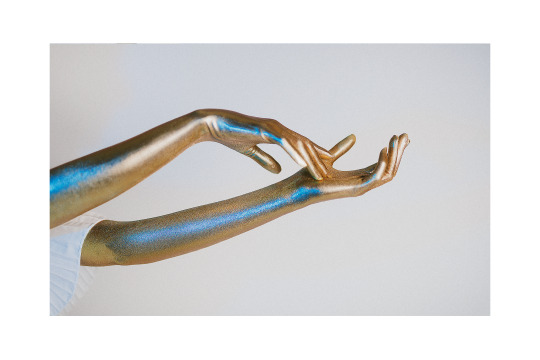
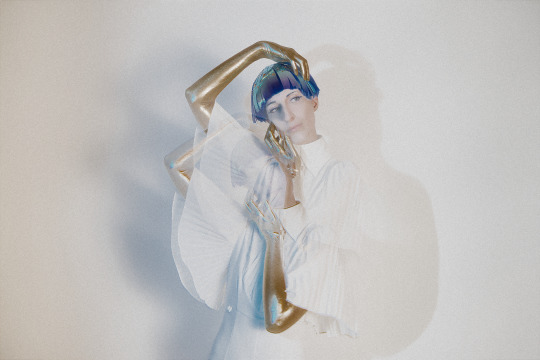



"I envy my old self."
Phos // yellowwtime
PH // xaraphoto
37 notes
·
View notes
Text

You will have my strength to help you, through her.
Zelda // d0lty
Photo // @heykrashly
132 notes
·
View notes
Note
Aside from "sew the crotch seam at least twice," what advice would you give for someone who wants to go from sewing costumes to sewing garb for everyday wear?
Hmm, well I have no idea what kind of costumes you make or what sort of everyday clothes you intend to make, but I shall do a list of the best advice I can think of!
(If it’s anything to do with 18th century menswear, click here for my Big Resources Post on that.)
Think very hard about what you are most likely to wear, and what things go well with what other things. Plan. For many many years I just sewed things willy nilly without much thought as to what goes with what, and as a result I have a lot of waistcoats in my closet that I never wear because they don’t go with anything. All that effort I put into the swirly embroidered waistcoat and I still don’t have a coat or breeches that go with it. Collect inspiration pictures and fabric swatches. Think about colour schemes.Ask yourself “how often would I wear that?” when thinking about making a thing. What are the things in your current wardrobe that you wear most?I have a very shitty plain black coat that I wore for years, and I still wear it for short walks at night sometimes even though the fabric is awful and the back seams are splitting. It’s a practical length and has decently big pockets, so it would be a good and logical thing for me to sew myself a (nicer quality, better fitting, more historical) similar coat. I should do that…
Invest in good quality fabric. While it’s probably better to use cheaper fabric when one is first learning how to sew, you really should try nicer fabric after a while. It’s so much more pleasant to work with. If you’re making clothes that you intend to wear regularly it’s worth it to get good fabric. (Advice Dinosaur thinks so too) I prefer to use natural fibres as much as I can. Polyester is terribly sweaty and usually has an unpleasant texture. (But we don’t all have to have the same taste, and there are good quality synthetic fabrics out there!)
Consider the wear your garment will receive. Which parts need reinforcing? Jacket sleeves should be stitched in very securely, especially around the bottom half of the armholes, because if you move your arms around they’ll be strained just like the pants crotch seam. Keep this in mind while choosing fabric also. Pants for hiking will need to be made from much tougher fabric than fancy dress pants, for example. Finish your seams! Raw edges will fray, especially if it’s a thing that gets washed a lot.
Make sure the things fit you. If you’re making something really loose like pyjama pants or an 18th century shirt then there’s no need to mock up the pattern, but if the garment is fitted then it’s best to mock it up, or at least to baste your pieces to check the fit before sewing it up for good.
I feel bad about wasting cotton muslin, so I usually mock up things in worn old bedsheets, or in this bolt of really shitty thrift store fabric I have. I also save my bigger mockups, and sometimes cut pieces from smaller mockups out of them. Actually, I save all my mockups. I put a big safety pin on them and hang them on the shower hooks with the pattern pieces. (I draft my patterns on stiff brown paper, then punch holes in the edges and hang them on shower hooks, and those I hang on coat hangers.)
Pattern drafting isn’t as scary as it may seem. Sure, it takes practice, but so does everything else. Don’t be afraid to give it a shot! Just remember to label your gotdamn pattern pieces. All of them, on both sides.
Alternatively, you can pick apart garments that fit you and trace them to get a pattern. Or very carefully measure/trace the pattern without picking it apart, though the difficulty of this varies greatly depending on the garment. I don’t know much about draping but that’s also a thing you can do, and it’s more hands-on and doesn’t involve any math. Although it does require either a mannequin or an assistant.
Pockets are always worth the effort. This one is pretty obvious because I know we all hate fake pockets. Speaking of which, if you have basic sewing skills you can turn fake pockets into real ones, which is a good power to have.
You can alter things, or re-make things entirely if you don’t like how they turned out. For a long time I’ve been very bad about altering my sewing but I’m trying to get better about that… Sometimes when a thing doesn’t turn out quite right there’s not much you can do to fix it, but sometimes there is. I just picked the collar off my recently completed 1790 coat and replaced the buckram because it wasn’t standing up stiffly enough, and it was definitely worth the effort.
Always look at your reference picture/instructions before doing a thing. Even if you’re certain you know what a thing looks like it’s always best to double check. I’ve made many dumb mistakes by not doing this, and I’m not the only one.
Try to balance out the fun and the less-fun sewing projects. Yet another thing I’m bad about and am trying to get better about. I know I should prioritize the stuff my wardrobe is lacking in, like night gowns and shirts, but it’s rather difficult when most of the time I just really want to sew more fancy waistcoats. Ideally I’d sew some plain practical stuff and then reward myself by sewing a fancier thing. Ideally…
Hand washing makes things last longer. This one isn’t for everyone, and I know not everyone has the time and energy to do it, but I always hand wash my shirts. I spend so much time sewing them that I just don’t want to subject them to the washing machine, which makes things wear out faster (and also doesn’t target the dirty areas like you can when scrubbing by hand).
Find online sewing communities that you like. Or not-online ones, if you can find sewing people in your location! I’ve been participating in the Historical Sew Monthly since it first began, and I find it excellent motivation to finish things (which is good, because I am a terrible procrastinator). I chat about what I’m sewing with a few other people online who also sew historical things, which is also pretty good motivation to keep working on things. There are a lot of sewing blogs out there too! If you have any friends who do hand sewing, knitting, embroidery, etc it can be very nice to have a movie night where you both do needlework while watching.
That’s all the main stuff I can think of right now. I saved this post in drafts last week and just remembered I hadn’t finished answering it, so sorry for the delay.
Remember to clean & oil your sewing machine regularly! And use a thimble and wax your thread when you hand sew!
337 notes
·
View notes
Text
something ive noticed after being a hobby cosplayer for years is that in a lot of places the general consensus seems to be that wearing costumes in public is weird and/or socially unacceptable, but whenever I'm in costume in public while on the train to the con venue or having a photoshoot on location or something, people by and large fucking love my costume. they think it's so cool. kids think my costume rocks. their parents are impressed that I made it myself. random grandmas tell me my armor kicks ass. I was at a japanese garden once and barely got around to doing the photoshoot me and my homies came there to do because swathes of visitors who had never heard the word cosplay before were lining up to take a picture with me.
it's the same thing with adjacent hobbies like larp or reenactment or fursuiting, the general image of the hobby is that you're weird nerds (and probably also sex perverts) for playing dressup despite not being a child but when you're actually in costume the response from random normies is categorically positive. I inevitably get weird looks from the kind of people who think having a tattoo is an affront to god but they give me that look for just existing with blue hair and pronouns too and the people who actually talk to me always do because they wanted to tell me they love my costume. and the response that always gets me the most is when they say it looks fun but they would never dare to do the same. it's such a shame. why did wearing a silly little costume have to become an act of bravery.
#yes!!#ive never had an issue at a location shoot#way more issues at actual cosplay events with both normies and attendees#as long as you are humble and respectful#people will thinkbyou are cool af#cosplay positivity
10K notes
·
View notes
Text

white puff sleeve top sewing here
9 notes
·
View notes
Text
35K notes
·
View notes


